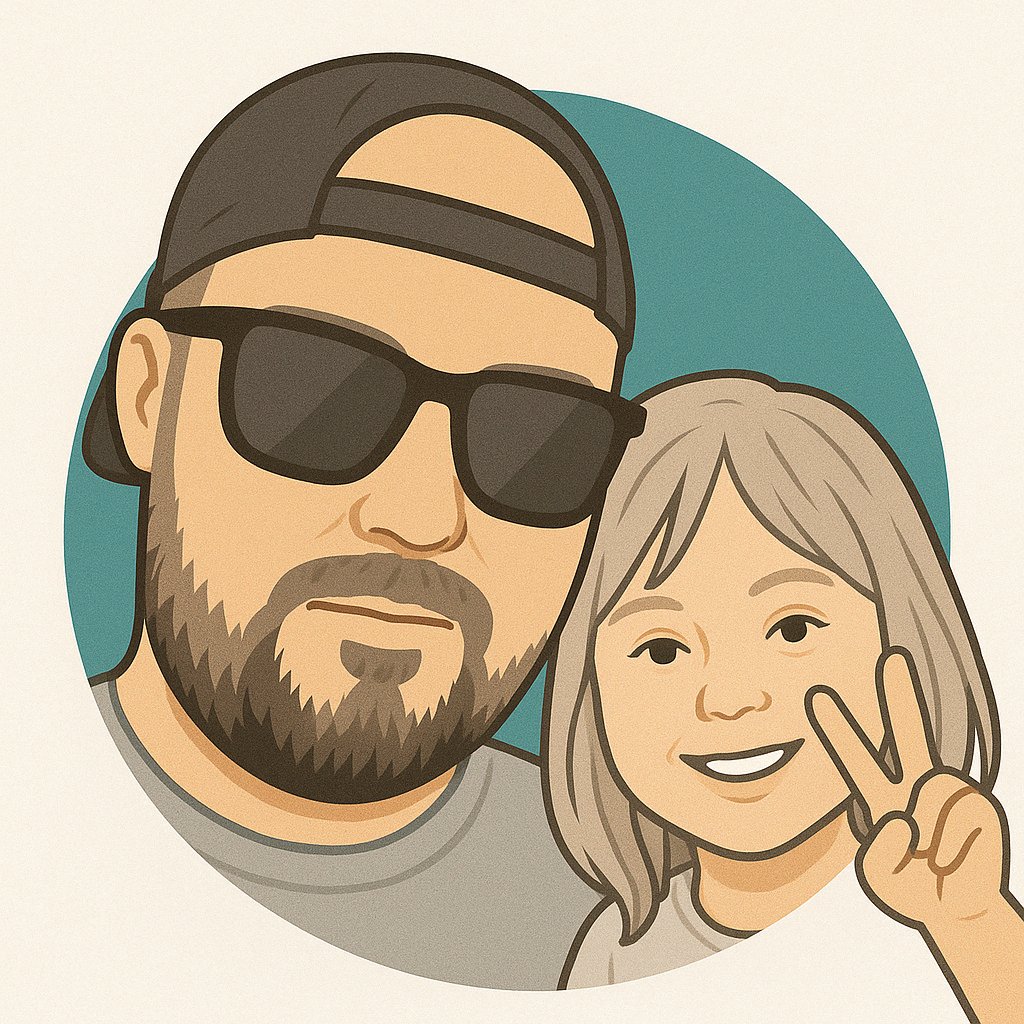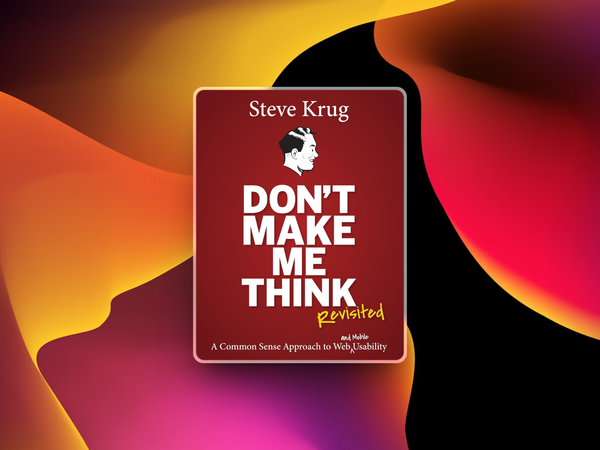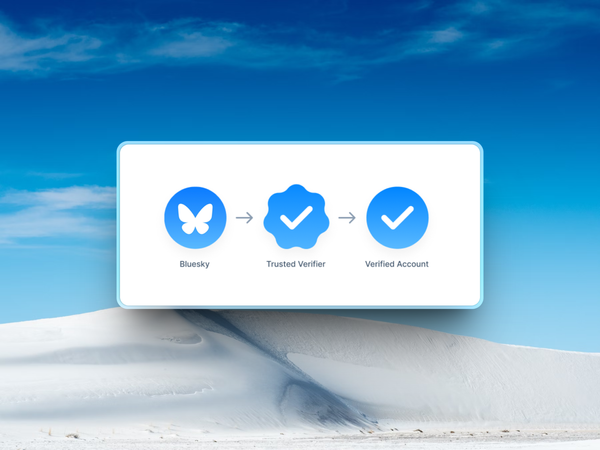Facing continuous rejection when applying for jobs can be frustrating, especially when you've invested time and effort into creating a solid UX research portfolio and resume.
You're not alone in this struggle, and there are often some specific, actionable improvements you can make to turn things around.
Let’s dive into some areas where things might be going wrong and how you can fix them.
Common Portfolio and Resume Pitfalls
Here are the most common reasons UX Research portfolios and resumes get overlooked:
- Lack of Focus
A portfolio that tries to showcase everything can sometimes lack clarity.
Make sure you’re demonstrating a clear narrative about your skills and projects.
Solution: Highlight key case studies that align with the job descriptions you're applying for. Tailor your portfolio to the type of roles you're targeting, and cut out irrelevant or outdated work.
- Weak Case Studies
Employers want to see not only what you worked on but also how you think and solve problems.
If your case studies don’t communicate your thought process, they might be falling flat.
Solution: Structure each case study around problem definition, research approach, methodology, findings, and impact. Employers want to understand how you contributed and what results your research drove.
- Unclear Role and Contribution
If it’s unclear what role you played in a project, it can be hard for employers to assess your skills.
Were you leading the research, or simply assisting? Did you analyse data or only gather it?
Solution: Be explicit about your role in each project. Use action verbs and quantify your impact where possible. For example, “Led a team of 3 to conduct user interviews, resulting in a 20% improvement in user satisfaction.”
- Generic Resume Language
Resumes filled with generic statements like “Passionate about user-centred design” don’t stand out.
Hiring managers see these phrases in nearly every application.
Solution: Avoid clichés and focus on tangible results. Include details that demonstrate your expertise: "Conducted 15 in-depth user interviews and synthesised insights to inform a redesign that boosted task completion rates by 30%."
How to Improve Your UX Research Portfolio
Showcase a Variety of Methods
Employers look for candidates with a deep toolbox of UX research methods.
Make sure you’re showcasing a range of methods, including interviews, surveys, usability testing, and data analysis.
- Emphasise Your Research Process
A great portfolio doesn’t just display final results but also walks the viewer through your research process.
Share challenges you faced, how you overcame them, and why you chose certain methodologies.
- Make It Easy to Navigate
A cluttered portfolio site can frustrate potential employers. Make sure your work is easy to find and navigate.
Solution: Use a clean, professional layout with intuitive navigation. Ensure that key sections—like your case studies, contact info, and resume—are easily accessible.
Resume Optimisation Tips
- Tailor It for Each Job
Sending out the same resume for every job might be part of the problem.
Employers want to see how your specific experience aligns with the role they’re hiring for.
Solution: Customise your resume to highlight the skills and experiences most relevant to the job you’re applying for. Look closely at the job description and match your resume to those keywords.
- Use Data and Metrics
Hiring managers love to see the impact of your work. Data-driven results stand out much more than general statements.
Example: Instead of “Conducted usability tests,” try “Led 10 usability testing sessions, resulting in a 25% increase in task success rates for a key feature.”
- Short and Sweet
Keep your resume to one or two pages. Hiring managers don’t have time to sift through long resumes, so make every word count.
Dealing with Rejection: Next Steps
- Ask for Feedback
Don’t hesitate to politely ask for feedback when you receive a rejection. While not all companies will respond, some may provide insights that can help you improve.
- Refine Your Personal Pitch
Be prepared to answer “Why should we hire you?” with confidence. Practice describing your unique strengths as a UX Researcher, including your passion for understanding users and delivering actionable insights.
- Networking
Sometimes, it’s about who you know. Engage with the UX community, attend webinars, and participate in online discussions. Building relationships can lead to opportunities that bypass traditional job applications.
Conclusion
It’s tough to face rejection after rejection, but it’s part of the process.
By addressing potential issues in your portfolio, improving your resume, and seeking feedback, you’ll be in a stronger position to land the UX Research role you deserve.
Focus on showing the depth of your experience, highlighting your research impact, and tailoring your applications.
With just a few key adjustments, you can turn those rejections into opportunities. Stay persistent, refine your approach, and keep pushing forward.











